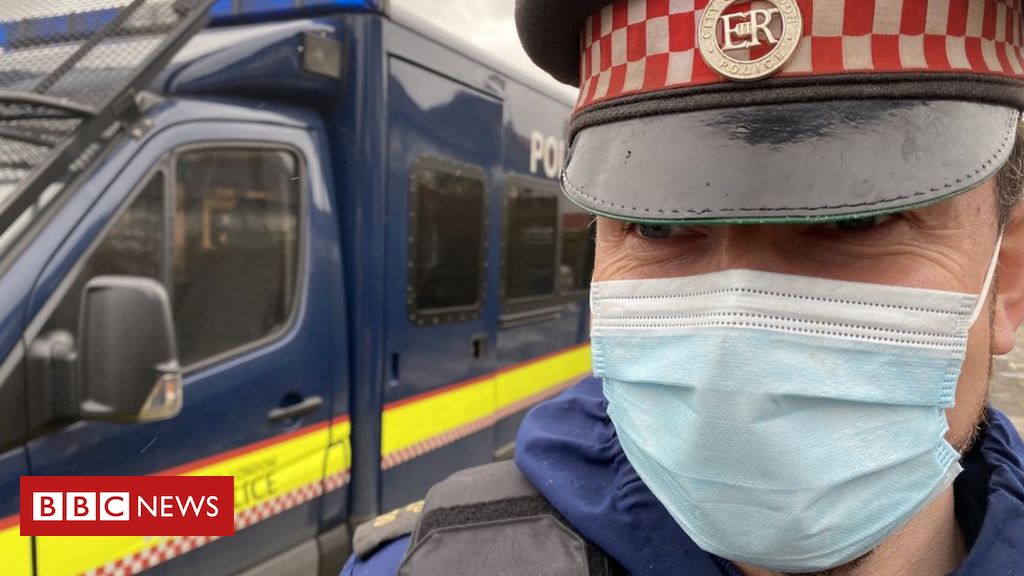New algorithm helps BYU team put best face forward in security | Education
A group of students and professor Dr. D.J. Lee at BYU have come together to build an algorithm that could possibly bring two-factor authentication to facial recognition technologies in everything from cell phones to surveillance systems.
The project started almost two years ago as Lee and some students tried to think of an interesting research project. The group started looking into facial motion and how it could be analyzed.
That evolved into seeing if students are paying attention in class and it eventually morphed into improved security for facial recognition with the use of facial motion.
With the world of security constantly changing and hackers adapting to those changes, Lee acknowledged that nothing is perfect in terms of security.
“Fingerprinting is easy to do and people even make fake fingerprints,” Lee said. “The most common one is facial recognition and the biggest problem is, all of these can be used when the user is not aware. When you’re sleeping or unconscious, someone could use your biometrics to get into the system. It’s difficult, people come up with all kinds of ideas to hack into the system.”
He added that a company in Japan makes facial masks that look like people and some access social media pages to unlock devices needing facial recognition. Even algorithms can be fooled by photos and this technology can address the biggest concern, which is unintentional identity verification.
Two-factor authentication is not new technology, as companies like Apple and social media apps use it to verify someone’s identity, but integrating it into facial recognition is.
Lee said it is called Concurrent Two-Factor Identity Verification.
“Meaning you show your face and make the facial motion just once, you don’t have to do it twice,” Lee said. “With the facial motion, if people want to use your photo they cannot fool the system since the photo is not moving.”
The technology first uses facial recognition and then a secret phrase is mouthed, a movement with one’s lips is made, or a facial motion is made to satisfy the second step of authentication.
Even if a video is used, the chances of that video matching the secret facial…


